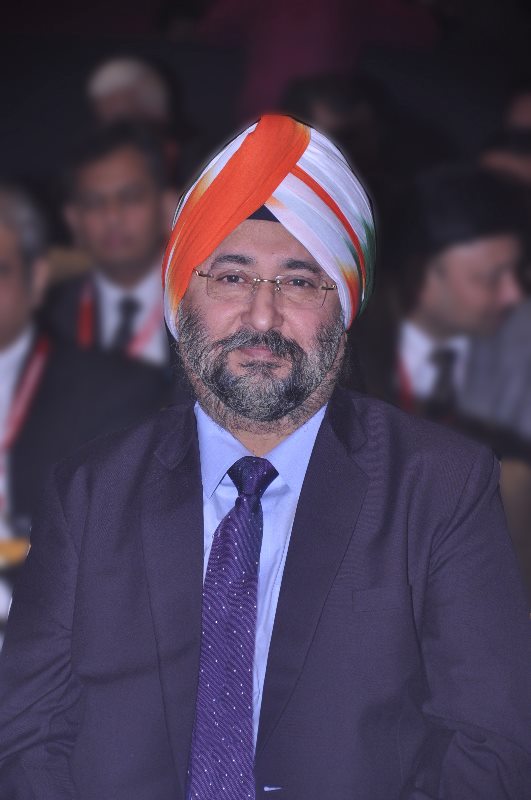| Article Section | ||||||||||||||||||
|
Home |
||||||||||||||||||
Exporters Refund in GST |
||||||||||||||||||
|
||||||||||||||||||
Exporters Refund in GST |
||||||||||||||||||
|
||||||||||||||||||
Exporters Refund in GST Indian exporters are worried about the advent of GST and the liquidity crunch it could create for them. The crunch, and issues connected to GST administration could adversely affect their overall competitiveness. Relief by refunds The Finance Ministry has recently assured exporters that 90 percent of taxes paid will be refunded within seven days. This is certainly good news for exporters. However, given that GST is a new system involving both the central government and states, the speed with which refunds will be issued remains a source of concern. Section 2(2) words and expressions not defined in this Act shall have the meaning assigned to them in the Central Goods and service Tax Act, 2016 Terms “Export of goods” and “import of goods” have been defined as under vide Section 2 of the central GST Act, 2016: “Export of Goods” with its grammatical variations and cognate expressions, means taking out of India to a place outside India- Section 2(43) Supply of goods/services in the course of import and export has been considered as Inter-State trade or commerce and provision of IGST shall be applicable. In this respect once again kind attention is drawn towards the following definition of IGST: Section 2(c) of IGST Act, 2016 “Integrated Goods and Services Tax” (IGST) means tax levied under this Act on the supply of any goods and /or services in the course of inter State trade or commerce. Explanation 1 – A supply of goods and/or services in the course of Import into the territory of India shall be deemed to be a supply of goods and/ or services in the course of inter-state trade or commerce. Explanation 2 – An export of goods and/ or services shall be deemed to be a supply of goods and/ or services in the course of inter-state trade or commerce. Tax Structure and Input Credit Since the import of goods/services would be deemed as inter-state supply of goods and thus shall be subjected to the levy of IGST. However the import of goods shall continue to attract Basic Customs Duty (BCD) in addition to IGST. Section 2(c) of IGST Act, 2016 “Integrated Goods and Services Tax” (IGST) means tax levied under this Act on the supply of any goods and /or services in the course of inter State trade or commerce. Explanation 1 – A supply of goods and/or services in the course of Import into the territory of India shall be deemed to be a supply of goods and/ or services in the course of inter-state trade or commerce. Explanation 2 – An export of goods and/ or services shall be deemed to be a supply of goods and/ or services in the course of inter-state trade or commerce. Tax Structure and Input Credit Since the import of goods/services would be deemed as inter-state supply of goods and thus shall be subjected to the levy of IGST. However the import of goods shall continue to attract Basic Customs Duty (BCD) in addition to IGST. The manufacturer, service provider and trader of goods who imports goods/services shall be eligible to offset IGST paid on import of goods/services against his output liability. However, credit of BCD will not be available under GST law. Section 2(109) of the proposed Central Act, 2016 “Zero rated supply” means a supply of any goods and/ or services on which no tax is payable but credit of the input tax related to that supply is admissible;
However Article 286 of Constitution of India,1949 hold that on export, States have power to impose the indirect tax in any shape on export. However, notwithstanding this insertion, the claim for exemption must still pass muster under Article 286 of the Constitution which prohibits the imposition of tax on any sale or purchase of goods in the course of the import of goods into or exports of goods out of the territory of India. Consequently, the claimant for the exemption would still need to establish the identity of the goods so sold to have been exported out of India, to qualify for the exemption. Exporter worriesExports are exempt from many domestic indirect taxes under the current tax regime. This will change once GST kicks in. GST is imposed every time value is added, so manufacturing exporters will have to pay GST at various stages, beginning with raw materials. This will likely increase production costs and working capital requirements. To encourage exports, the government will continue to exempt them from GST. Yet whereas the current system allows exporters to claim an exemption at the point of transaction, under GST they would first have to pay the taxes and then seek a refund of the taxes paid. Exporters are worried that refunds could take a long time to materialize, increasing their cash crunch. Indeed, many of them wonder if they would need greater export credit from banks. More bank credit would lead to higher costs due to larger interest payments. The dual control that the centre and states would exercise over GST could complicate the refunds process. Under the dual control system, some items are taxed by the centre, some by states, and some by both the centre and states. Exporters are particularly worried about state GST refunds and refunds for the integrated GST levied by both states and centre - a concern compounded by the fact that states have yet to assure exporters that they can refund taxes within seven days, as the Central Finance Ministry has. Exporters could face a significant liquidity crunch and working capital difficulties if the states fail to refund taxes quickly. Compounding these concerns is the lack of clarity surrounding certain issues: e.g., whether, in addition to GST, exporters would continue to receive an exemption and refund on customs duties paid on imported raw materials and intermediates used for producing final product exports. Taxes on Import to continue after GST Even after introduction of GST following duties may not be subsumed under GST regime and they may continue to be levied as usual. These duties are:
After the introduction of full and complete GST major import gaining sectors include leather and leather products; furniture and fixtures; agricultural sectors; coal and lignite; agricultural machinery; industrial machinery; other machinery; iron and steel; railway transport equipment; printing and publishing; and tobacco products. The moderate gainers include metal products; non-ferrous metals; and transport equipment other than railways. Imports are expected to decline in textiles and readymade garments; minerals other than coal, crude petroleum, gas and iron ore; and beverages. Points to Note – To Sum Up
----: XXX: ----
By: Jasbir Uppal - June 13, 2017
Discussions to this article
Dear Sir, Deemed exports also be Zero rated supply ?
As mentioned by the author "Under the dual control system, some items are taxed by the centre, some by states, and some by both the centre and states." I politely differ. The rates have been fixed by the GST council and as appearing from the literatures, the control mechanisms will be basing upon the turnover, not basing upon the items.
" Refund in 7 days " 7 days from which date. if the material is exported on 1st from factory, when an exporter can file the refund of IGST. Right now it is on receipt of EP Copy, whether it will continue. Further Export would attract IGST that will be governed by Centre. Whether state can also charge some tax apart from IGST under GST or any other act.
Igst is literally a combination of state and central tax. It will be shared between the state and centre. Basically gst is a consumption based tax.
|
||||||||||||||||||
| |
||||||||||||||||||
 9911796707
9911796707


